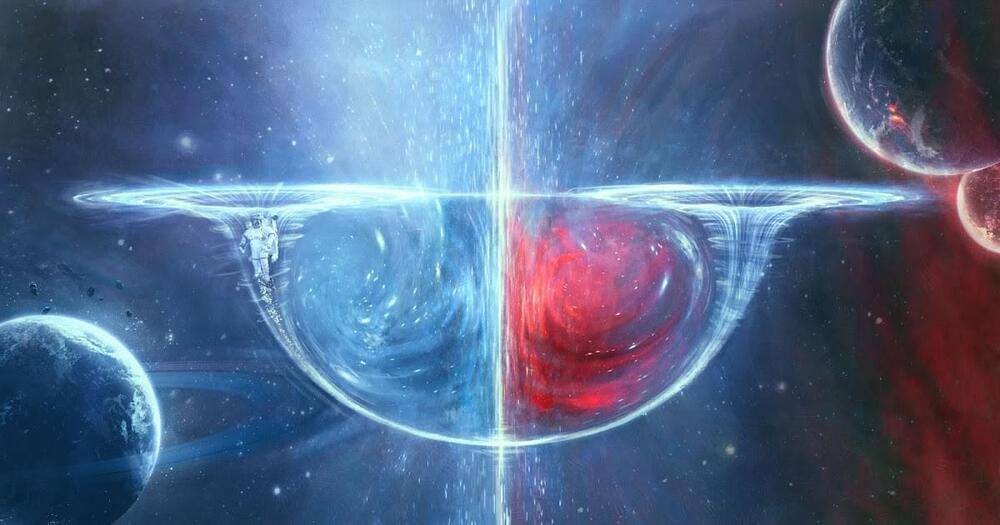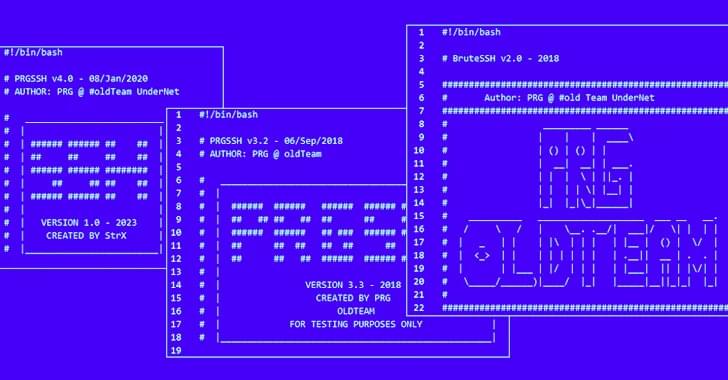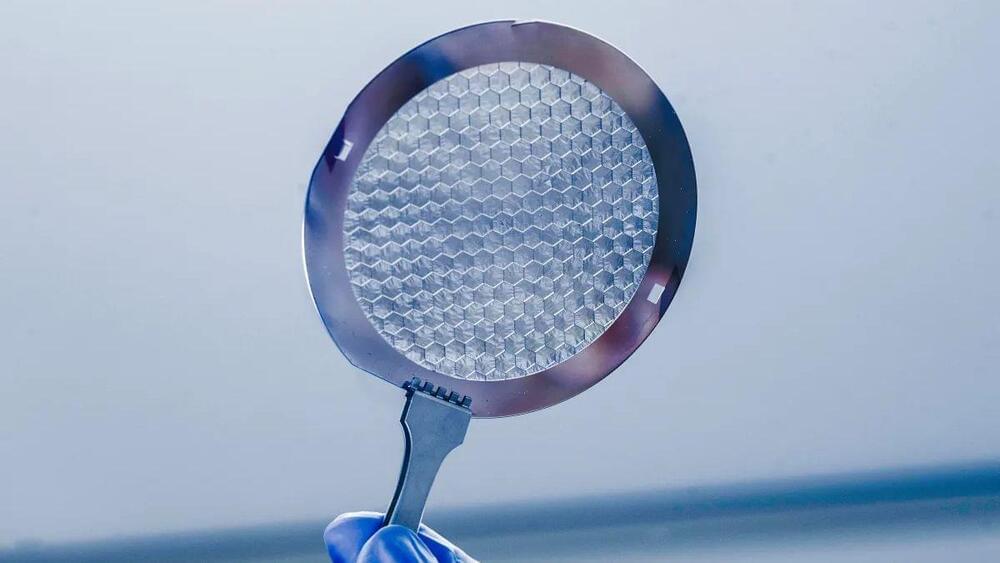A joint Harvard-NASA study.





The World Wide Web was first tested on Christmas Day in 1990. Tim Berners-Lee and Robert Cailliau set up successful communication between a web browser & server via the Internet.
Tim Berners-Lee, a British scientist, invented the World Wide Web (WWW) in 1989, while working at CERN. The Web was originally conceived and developed to meet the demand for automated information-sharing between scientists in universities and institutes around the world.
CERN is not an isolated laboratory, but rather the focal point for an extensive community that includes more than 17 000 scientists from over 100 countries. Although they typically spend some time on the CERN site, the scientists usually work at universities and national laboratories in their home countries. Reliable communication tools are therefore essential.
The basic idea of the WWW was to merge the evolving technologies of computers, data networks and hypertext into a powerful and easy to use global information system.

Poorly secured Linux SSH servers are being targeted by bad actors to install port scanners and dictionary attack tools with the goal of targeting other vulnerable servers and co-opting them into a network to carry out cryptocurrency mining and distributed denial-of-service (DDoS) attacks.
“Threat actors can also choose to install only scanners and sell the breached IP and account credentials on the dark web,” the AhnLab Security Emergency Response Center (ASEC) said in a report on Tuesday.
In these attacks, adversaries try to guess a server’s SSH credentials by running through a list of commonly used combinations of usernames and passwords, a technique called dictionary attack.

Google and Twitter ads are promoting sites containing a cryptocurrency drainer named ‘MS Drainer’ that has already stolen $59 million from 63,210 victims over the past nine months.
According to blockchain threat analysts at ScamSniffer, they discovered over ten thousand phishing websites using the drainer from March 2023 to today, with spikes in the activity observed in May, June, and November.
A drainer is a malicious smart contract or, in this case, a complete phishing suite designed to drain funds from a user’s cryptocurrency wallet without their consent.


A new wave of scientists argues that mainstream evolutionary theory needs an urgent overhaul. Their opponents have dismissed them as misguided careerists – and the conflict may determine the future of biology.

